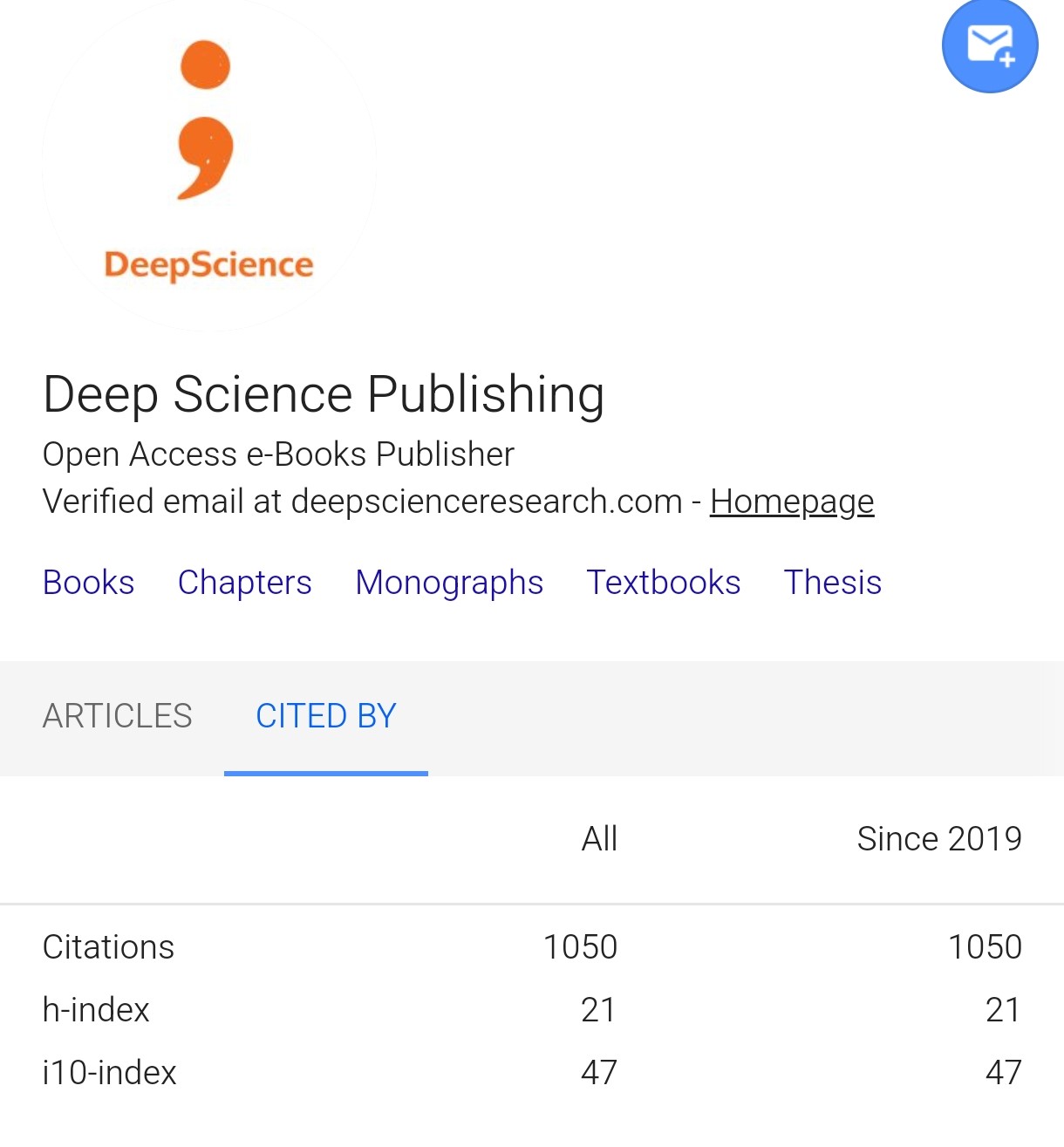Geo-spatial data and its applications in identifying community revitalization opportunities
Synopsis
The purpose of this chapter is to summarize, analyze, and demonstrate the use of geo-spatial data in the identification of community revitalization opportunities. While the data sample used in this study is from a collection of various sources, the focus of the analysis will concentrate on public domain data available for any locality. Although many investors speculate in real estate and property markets based literally on gut feelings, the analysis of investment properties should be based on solid data as much as possible. Nevertheless, while property investment using geo-spatial data is a demanding task, the availability of data has become copious and perhaps overly complex. Therefore, investors should attempt to understand and use such data to make informed decisions.
Previous research has focused on the use of limited private datasets to identify successful commercial land uses in areas ripe for redevelopment or development. The exclusion of public data, while arguably justified because even 20 years ago very few municipalities had public data available for investors and developers, required that geographers and other interested parties have access to very specific vendors for the types of data useful for that research. Thanks to the Internet, public data, and conversions of shape files for arcane data collection systems into key data in database form by service providers have come a long way. However, only a few municipalities – mostly in metropolitan areas – have standardized and made such data available to anyone on the web.













